Japanese decoration immediately evokes an atmosphere of serenity, harmony and timeless beauty. She draws her inspiration from the nature, culture and history of Japan, creating soothing and aesthetically pleasing interior spaces. If you're looking to adopt Japanese decor at home, this ultimate guide will walk you through the essential elements, history, and decorating choices that will make your space a Japanese haven .
THE HISTORY OF JAPANESE DECORATION
Japanese decoration has deep roots in Japan's millennia-old history and culture. Its evolution reflects changing values and influences over the centuries. One of the first notable influences on Japanese decoration dates back to Zen Buddhism, which was introduced to Japan in the 6th century. Zen brought an aesthetic of simplicity and balance, encouraging harmony with nature and meditation, this philosophy was manifested in Japanese interiors through the use of natural materials such as wood, translucent shoji paper and bamboo, as well as by minimizing decorative objects.
Over time, Japanese nobility also influenced interior design, particularly during the Heian period (794-1185). Wealthy aristocrats decorated their residences with lavishly embroidered silk screens, tapestries, and expensive art objects. However, even in these luxurious spaces, a concern for harmony and balance was at the heart of the decoration.
During the Edo period (1603-1868), Japan experienced a period of relative peace, which encouraged the flourishing of arts and culture. The merchant class prospered, and townspeople's homes were decorated with ukiyo-e prints, noren (traditional curtains), and handicrafts. This period also saw the emergence of the tea ceremony , which had a great influence on Japanese aesthetics.
Today, Japanese decoration continues to evolve while preserving its deep roots. It is characterized by clean lines, soft colors, natural materials and harmony with nature. Whether through furnishings, wall art or small decorative objects, Japanese decoration remains a celebration of simple beauty and inner peace.

A JAPANESE PRINT FOR YOUR INTERIOR DECORATION
Japanese prints, also known as ukiyo-e, are artistic treasures that have conquered the whole world thanks to their beauty and refinement. These woodblock prints emerged in the Edo period (1603-1868) and quickly gained popularity, profoundly influencing Japanese art and interior decoration.
Ukiyo-e prints depict a wide range of subjects, including landscapes, kabuki actors, courtesans, scenes of everyday life, and portraits. One of the most famous prints in the world, created by the artist Katsushika Hokusai, is the series "The Thirty-Six Views of Mount Fuji", the most famous of which is the "Great Wave of Kanagawa". This iconic print, with its raging sea and majestic mountain, has become a symbol of Japanese art.
Japanese prints are more than just works of art, they are a window into Japanese culture, fashion and society of the time. Their vibrant colors, meticulous details, and balanced composition make them a striking addition to any interior design.
You can frame an ukiyo-e print and hang it on a wall to create an artistic focal point in your space. The colors and patterns of the print can also inspire the color palette and style of your room, whether in the living room, bedroom or office, a Japanese print adds a cultural and artistic dimension to your decoration interior.
THE NOREN: STAR OF JAPANESE DECORATION
Norens, these traditional Japanese curtains made of light canvas, occupy a special place in Japanese decoration. The word “noren” is a derivative of the term “nori,” meaning “to hang,” and “neng,” meaning “cloth.” These curtains have a rich history in Japan and have evolved to become both practical and decorative elements in homes and businesses.
Norens are designed to hang at the entrance to homes, stores and restaurants, they serve as a subtle separation between indoors and outdoors while allowing free air circulation. Traditionally, norens were used to indicate whether a business was open or closed: if the noren was suspended, the business was open to customers.
One of the most interesting features of norens is their varied and artistic designs; they often feature Japanese symbols such as kanji characters, images of nature, traditional scenes or contemporary designs. Norens can be chosen based on the meaning of the patterns, adding a symbolic dimension to your interior decoration.
Increasingly popular outside of Japan, norens are now available in a wide variety of patterns and styles to suit any decor. You can use them in your home to visually divide spaces, add a touch of Japanese culture, or simply for their unique aesthetic. As decorative elements, norens help create an authentic and soothing Japanese ambiance in any room.
A FAN FOR TRADITIONAL JAPANESE DECORATION
Japanese fans, also called "sensu", are decorative objects that are both elegant and functional. Made from washi paper mounted on bamboo frames, they are appreciated for their delicate aesthetic. Japanese fans are often decorated with artistic motifs such as cherry blossoms, birds, landscapes or calligraphy. They can be displayed on shelves, hung on the wall or used as decorative accessories in various rooms in your home.
These fans can also be used conveniently for cooling during the hot summer months or as dance props during traditional Japanese festivals. Their versatility makes them a popular decorative item that will add a touch of elegance to any interior space.
Fans are also emblematic of Japanese tea culture, where they are used to ventilate the room and cool the temperature of hot water during the tea ceremony. This centuries-old tradition shows how fans are deeply rooted in Japanese culture, making them decorative pieces steeped in history and meaning.
When choosing a Japanese fan as a decorative element, opt for models that evoke feelings of serenity, natural beauty and elegance. They can be arranged alone, in groups or combined with other Japanese elements, such as prints or norens, to create an authentic Japanese ambiance in your home.
A DARUMA TO DECORATE YOUR HOME
The Daruma is a traditional Japanese figurine which embodies perseverance, luck and the achievement of goals. This small, round doll is usually made of papier-mâché and lacks arms and legs. When you have a goal or wish you color one eye of the Daruma black, once your goal is achieved you color the second eye to express your gratitude.
The Daruma is often placed in Japanese homes to bring luck and remind residents to remain determined to achieve their goals. Its unique shape and symbolism make it a fascinating decorative object for those looking for a touch of Japanese spirituality in their home.
As a decorative element, the Daruma can be positioned in a visible place, such as a shelf, coffee table or window sill. Its daily presence will remind you to stay focused on your goals and persevere, making it a powerful talisman for your living space.
Darumas come in a variety of colors, each with a different meaning. For example, a red Daruma is often associated with protection from accidents, while a golden Daruma is believed to bring financial prosperity. You can choose the one that best suits your personal goals or simply opt for a variety of colors for a touch of diversity in your Japanese interior design.
A MANEKI-NEKO TO DECORATE YOUR HOME
The Maneki-Neko, also known as the "lucky cat" in Japan, is an iconic figurine loaded with positive symbolism. This small statuette represents a cat with one paw raised, inviting good fortune and prosperity. There are many variations of Maneki-Neko, each with its own meaning depending on the color, the raised paw and the object the cat is holding.
Maneki-Neko are often placed at the entrance to shops, restaurants and homes to attract prosperity and customers. As a decorative item, the Maneki-Neko brings a warm and welcoming ambiance to any interior space, it also embodies the Japanese belief that cats have the power to repel malicious spirits.
When choosing a Maneki-Neko for your home, consider its meaning. For example, a Maneki-Neko with the left paw raised is believed to attract customers, while a Maneki-Neko with the right paw raised is believed to attract fortune and wealth. Color is also important, with red symbolizing protection against evil, white for purity and gold for prosperity.
The Maneki-Neko can be placed on a shelf, a side table or even near the entrance to your home. It's common to see these charming ceramic cats in Japanese homes, but they are also popular around the world as lucky decorative items. With their adorable appearance and positive meaning, Maneki-Neko add a touch of joy and luck to any interior decoration.
In conclusion, we can say that Japanese decoration offers cultural depth and a unique aesthetic to your interior space. Items such as Japanese prints, norens, fans, Darumas and Maneki-Neko are not only decorative objects, but they also carry deep symbolic meanings. They evoke serenity, luck, perseverance and prosperity, adding a spiritual dimension to your home. Whether you want to create a Zen ambiance or simply add an exotic touch to your decor, these authentic elements from Japan can transform your space into a haven of peace and harmony.



















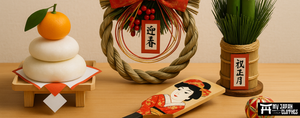
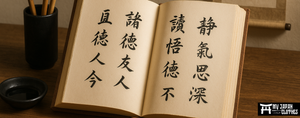



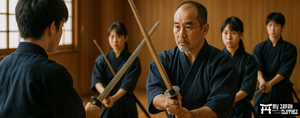


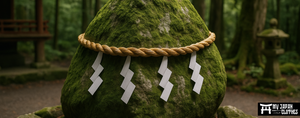
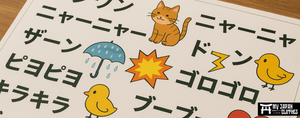


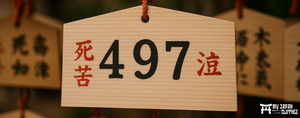
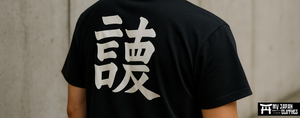
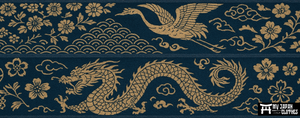
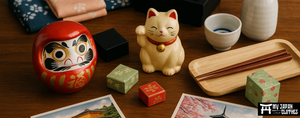




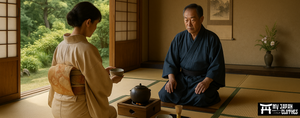
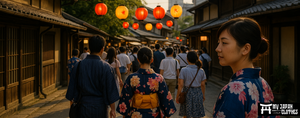
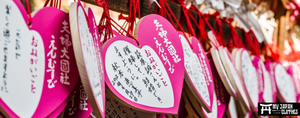



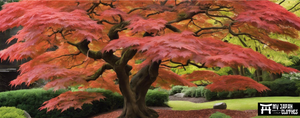

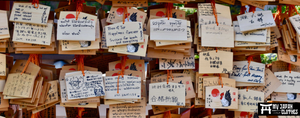

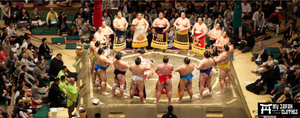






Leave a comment